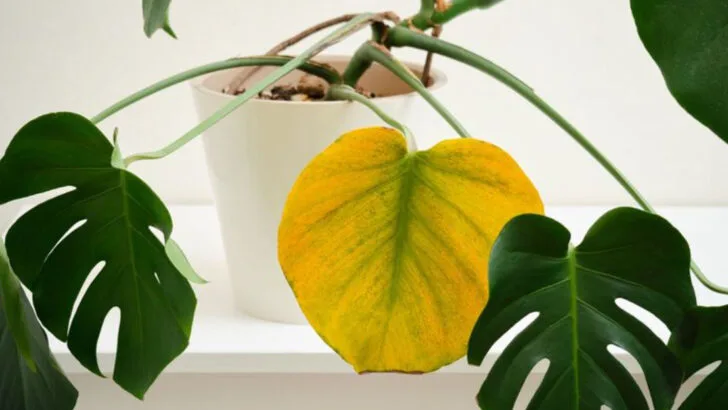Plant shops are magical—lush, calming, and full of leafy temptation. But behind the scenes, there’s a lot going on that most shoppers never hear about. At Plantisima, we believe in helping our readers become smarter plant buyers, and that starts with revealing the insider tips and tricks that many plant shops quietly keep to themselves.
In this article, we’re uncovering 16 plant shop secrets that could save you time, money, and plenty of wilted leaves. From how plants are displayed (and why) to what staff won’t tell you about soil, lighting, or pests, we’re spilling the green tea on how to shop like a pro.
To all our Plantisima readers who love browsing the plant aisle—this is your behind-the-counter guide to getting the healthiest plants and the best deals. Because you deserve more than just pretty pots and price tags.
Secret Watering Techniques
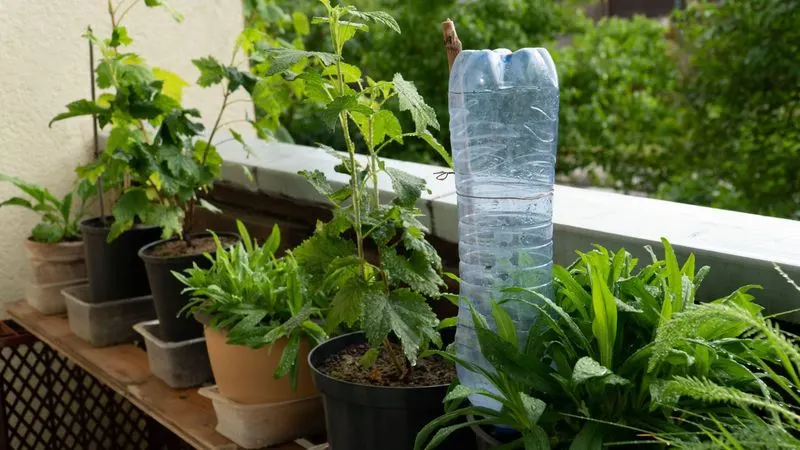
Many plant shops have a secret weapon to keep plants looking vibrant: misting. Unlike regular watering, misting provides a gentle hydration that helps maintain humidity levels, particularly for tropical plants. This technique can prevent overwatering, a common mistake made by plant enthusiasts. Next time you’re in a shop, notice the fine spray bottles—it’s a hint! In dry climates, misting can mimic a plant’s natural environment, supporting leaf health and promoting growth. Try it in the morning for best results, ensuring leaves have time to dry before evening to prevent mold.
The Real Cost of Rare Plants
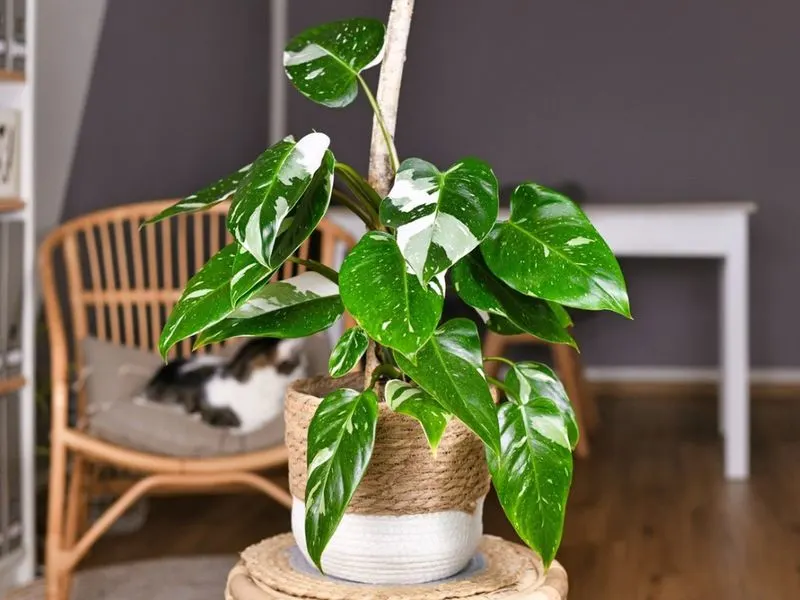
Rare plants often come with a premium price that reflects not just their scarcity but also the care taken to propagate them. Behind the scenes, plant shops invest in special cultivation and importation processes, which can drive costs up. However, some shops might mark up prices significantly. Always research, and don’t be afraid to ask questions about a plant’s origin. Checking online forums and plant communities can also provide insights into what a fair price might be. Knowledge is power when it comes to purchasing rare botanical beauties.
Creative Display Methods
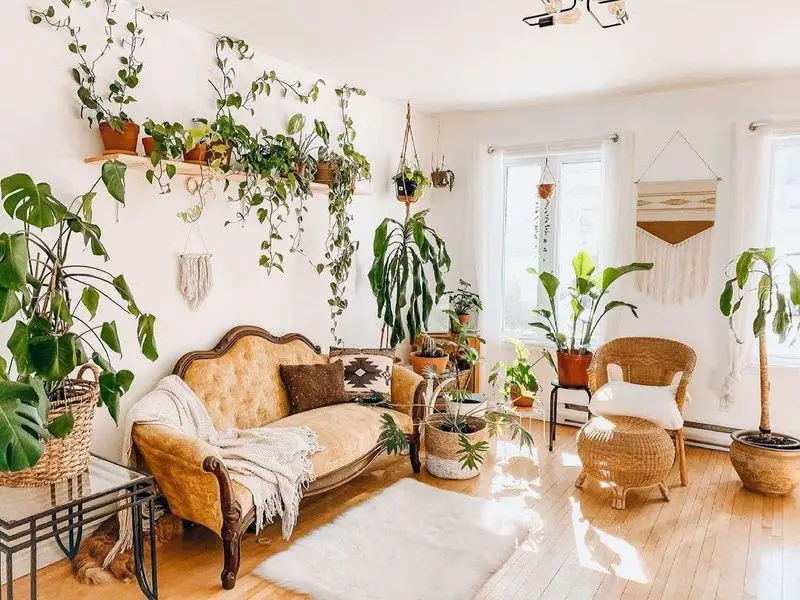
Ever noticed how plants in shops always look so perfectly arranged? Creative display methods are more than just eye candy—they’re strategic. By utilizing vertical space and varying plant heights, shops create an illusion of abundance and accessibility. Next time you visit, take inspiration from their setups. Consider incorporating shelves, hanging baskets, or even ladders at home to showcase your collection beautifully. These arrangements can also help optimize space and light exposure, ensuring each plant gets its moment in the sun.
Hidden Health Indicators
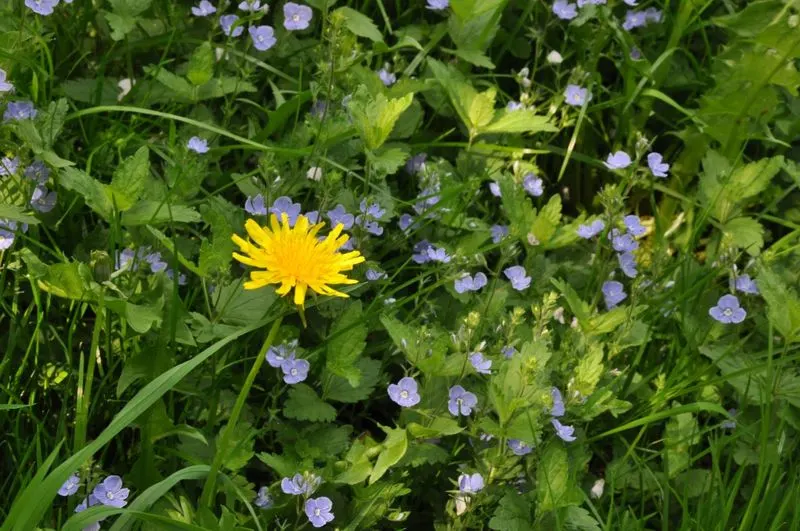
Plants in top condition are a sign of a shop’s expertise. But not every leaf tells the full story. Subtle signs like slight yellowing or tiny spots can indicate stress or disease. A good habit is to gently inspect leaves and stems when choosing your next green companion. Healthy roots, visible through the pot’s drainage holes, are also a good indicator. If you’re unsure, ask the shop staff questions about the plant’s care routine or previous issues. Awareness of these nuances can guide better choices.
Behind-the-Scenes Plant Care Routines
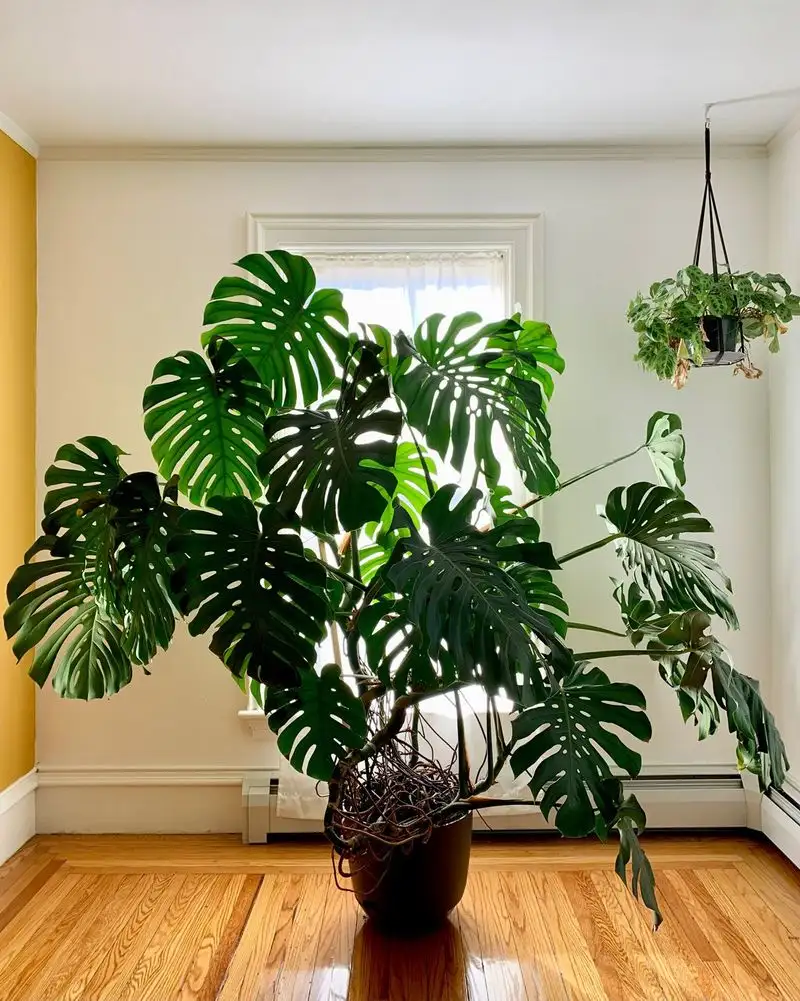
A thriving plant shop requires meticulous care routines. Staff members dedicate time daily to watering schedules, pruning, and rotating stock. This constant attention to detail ensures that what you see is always at its best. Learning from these routines can benefit your own plant care. For instance, rotating plants ensures even growth, while regular pruning encourages lush development. Observing shop practices offers insights into maintaining a vibrant collection at home. You might even pick up a few professional tricks along the way!
The Lifecycle of Shop Plants
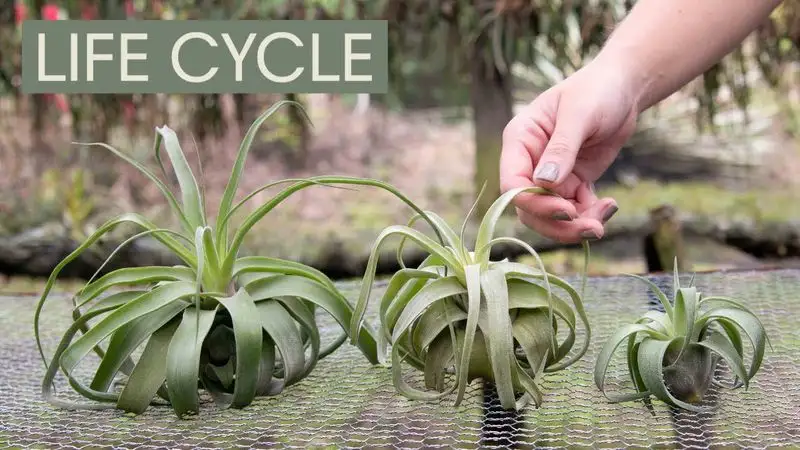
Plants in shops have stories to tell, from their origins to their journeys on display. Often, they begin life in nurseries before arriving at retail locations. Understanding this lifecycle helps in appreciating their needs. For example, some may need acclimation when transitioning from a greenhouse to your home. Acknowledge these changes and provide a supportive environment to aid their growth. Additionally, knowing a plant’s history can help troubleshoot any issues, aligning care with its previous conditions.
Sustainability Practices

Not all plant shops are created equal when it comes to sustainability. Some go the extra mile by using biodegradable pots and recycling packaging materials, which reduces environmental impact. When shopping, inquire about these practices to support eco-conscious businesses. Sustainable shops often provide tips on composting and reducing waste at home too. Your choices can make a difference, fostering a greener future both in and out of the shop. It’s a small step towards a bigger change.
Common Pest Problems
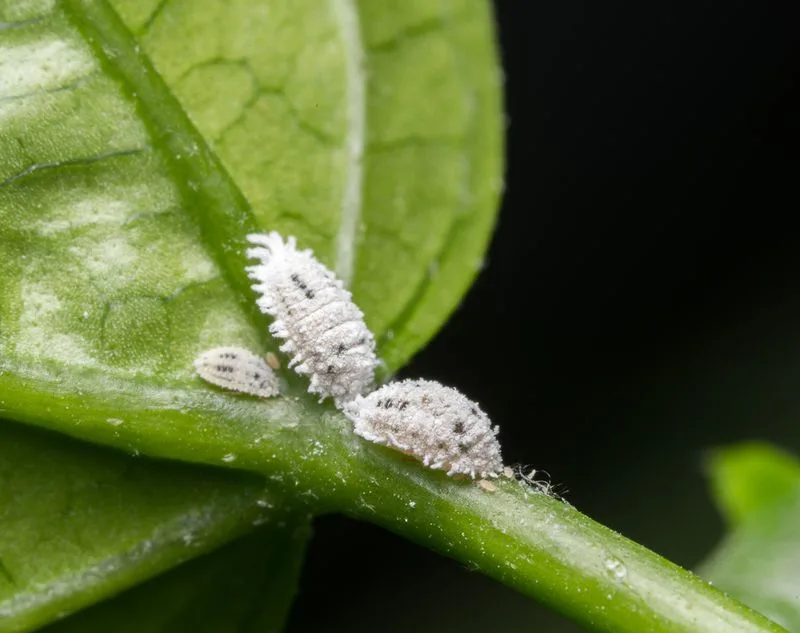
Even the most pristine plant shops encounter pest problems, from aphids to spider mites. Vigilant staff routinely check for these unwanted guests, using natural remedies and quarantining affected plants. When purchasing, examine leaves for any signs of pests. Knowledge about common infestations and their treatments can save time and stress later. Don’t hesitate to ask shop employees for advice; they’re often more than willing to share tips on managing pests effectively.
Secret Ingredient in Potting Mix
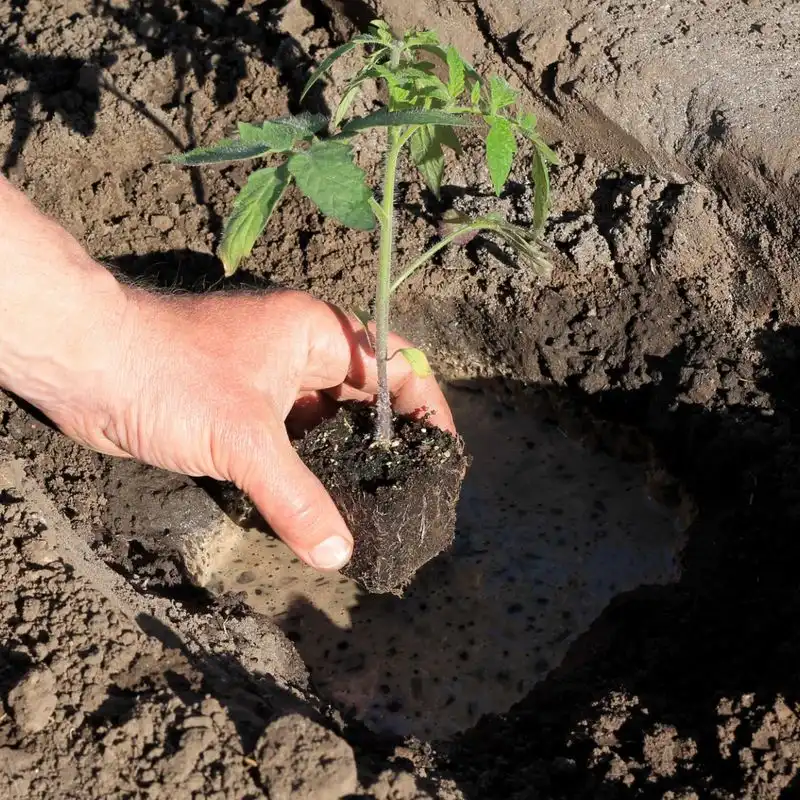
A secret ingredient often found in potting mixes is perlite or vermiculite, which improves drainage and aeration. These lightweight materials help roots breathe and prevent waterlogging, crucial for plant health. Shops sometimes create custom blends suited to specific plant types. Next time you buy potting mix, consider these components and how they benefit your plants. Crafting your own mix at home can be a rewarding experiment, too, allowing you to tailor it to your plant’s needs and preferences.
The Truth About Plant Labels
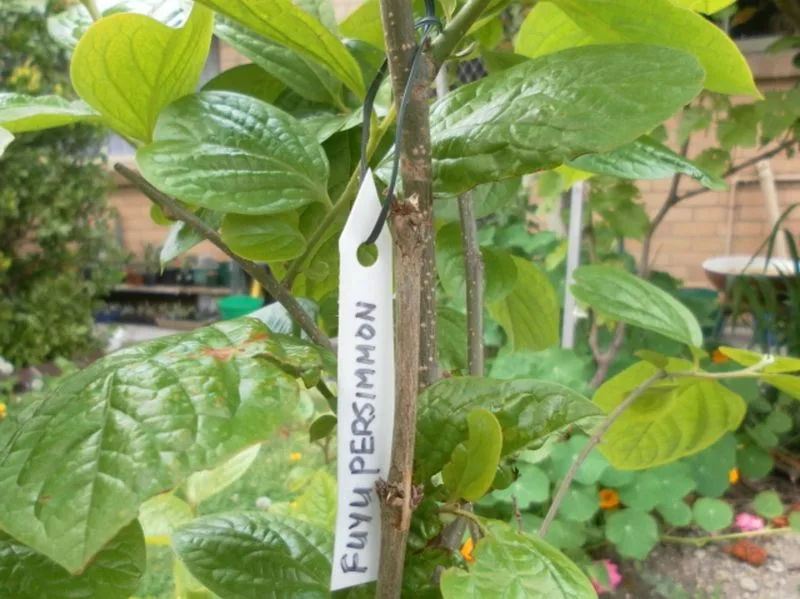
Plant labels offer guidance but are not always comprehensive. They provide basic care instructions, but factors like your home’s climate and light levels can greatly influence plant health. Don’t rely solely on labels; use them as a starting point and adjust care routines based on observation. Consider joining plant forums or groups for community advice tailored to your specific conditions. This proactive approach ensures your plant thrives beyond the information on a small label.
How Light Affects Pricing
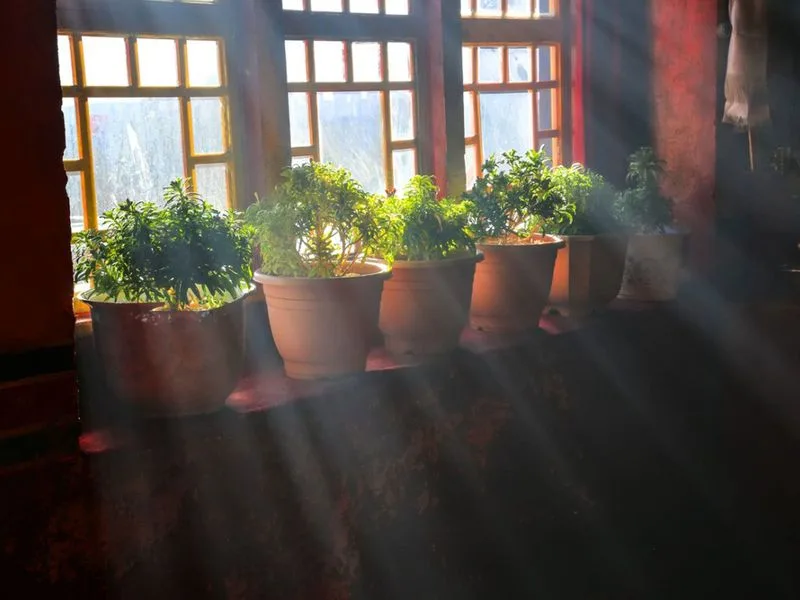
Light exposure can significantly impact a plant’s price. Plants accustomed to low light often fetch higher prices due to their adaptability and slower growth rates. Plant shops might adjust pricing based on a plant’s light requirements and growth speed. When purchasing, consider your home’s light availability and choose accordingly. Sometimes, investing in a pricier, low-light plant ensures longevity and satisfaction in the long run. It’s about finding the right match for your indoor environment.
The Role of Humidity
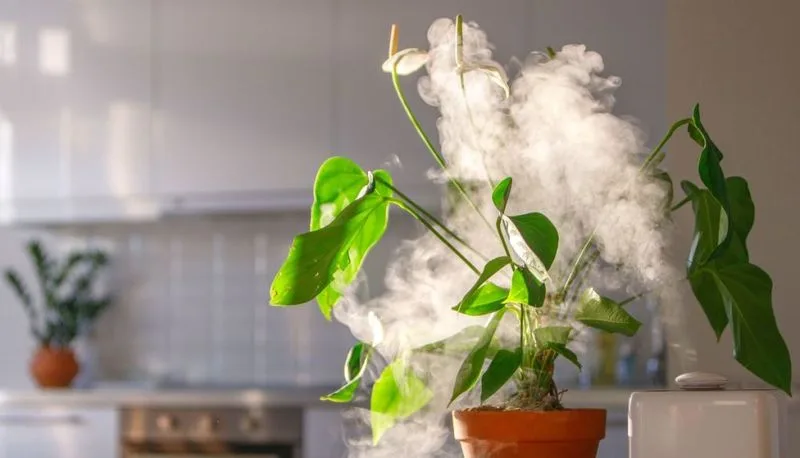
Humidity is a silent partner in plant care, particularly for tropical varieties. Shops often maintain higher humidity levels to mimic rainforest conditions, using humidifiers or grouped plant displays. At home, you can replicate this by placing plants together or using a pebble tray with water. Understanding the role of humidity in plant health helps prevent brown leaf tips and promote vibrant growth. It’s an easy environmental tweak with significant benefits, especially in drier climates.
Why Some Plants Thrive in Stores
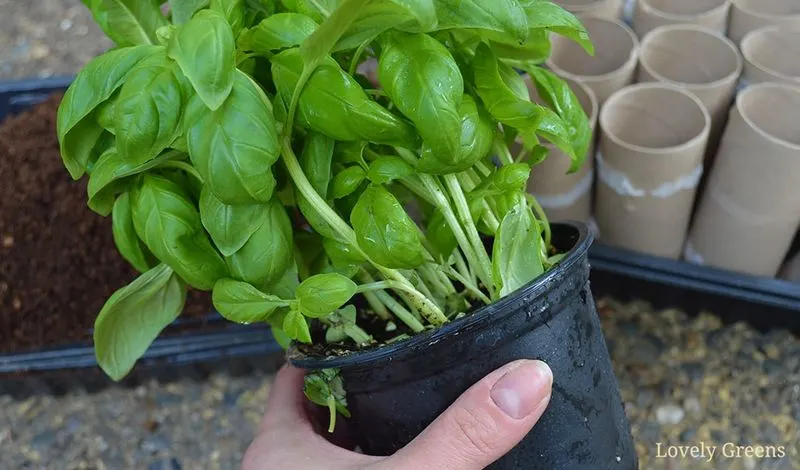
Ever wondered why some plants look their best in stores? It’s all about controlled environments. Shops typically provide optimal conditions, including consistent watering, lighting, and temperature. These parameters are tailored to each species’ needs, ensuring they flourish. Recreating these conditions at home can be challenging but not impossible. Start by understanding your plant’s specific requirements and make adjustments as needed. It may take time, but soon you’ll see your plants thrive just as they do in their retail homes.
The Mystery of Wilting Leaves
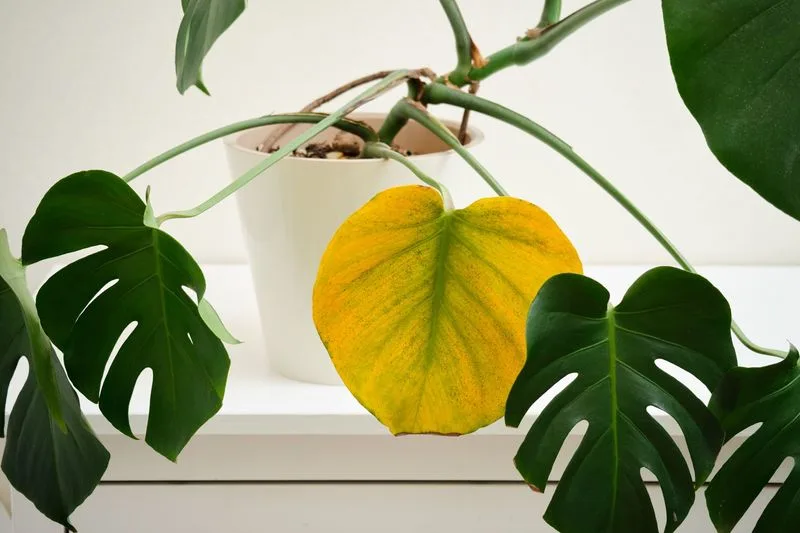
Wilting leaves are a puzzle many face, often signaling over or under-watering. Plant shops frequently encounter this issue, using it as an opportunity to educate customers. Look for signs of soil moisture or root health when you notice wilting. Sometimes, it’s about finding the right balance. Engage with shop staff for advice on diagnosing and treating wilting, leveraging their expertise. Developing an intuition for your plants’ needs will ultimately lead to a more successful indoor garden.
The Importance of Repotting
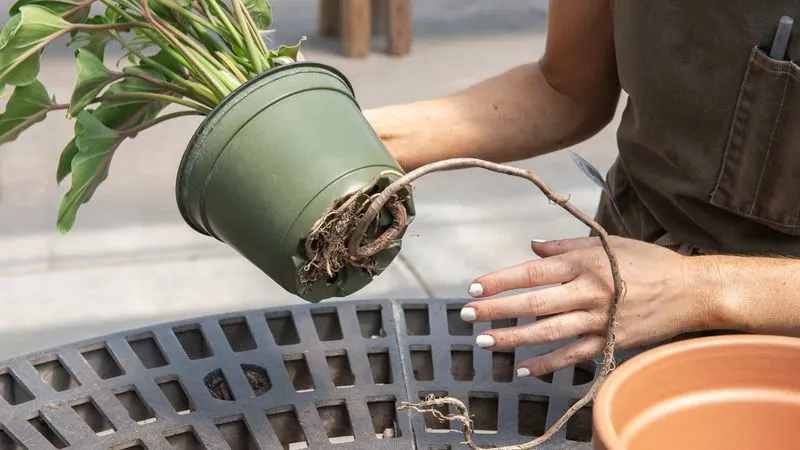
Repotting is crucial for plant health, promoting root growth and nutrient absorption. Shops often repot before selling to ensure plants are in peak condition. However, once home, repotting might be necessary again, especially if roots are visible through drainage holes. It can be daunting, but it’s a rewarding task that rejuvenates plants. Consider the timing and select the right soil type for the plant’s needs. Regular repotting can prevent stunted growth and encourage vitality.
The Illusion of Fullness
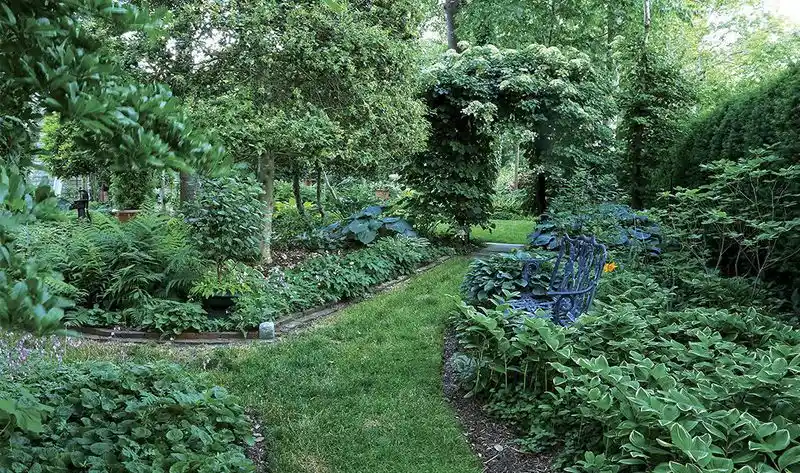
Plant shops know the art of creating fullness by grouping plants closely. This not only enhances visual appeal but also creates microclimates that benefit plant health. At home, try clustering plants with similar water and light needs to achieve a similar effect. This approach maximizes space and creates an engaging display. Be mindful of overcrowding, which can lead to competition for resources. It’s about balance and creativity in showcasing your green companions in their best light.

